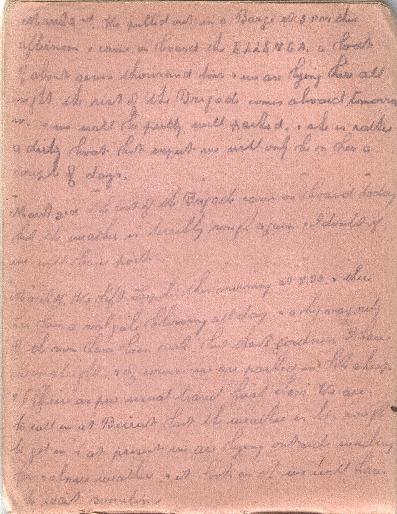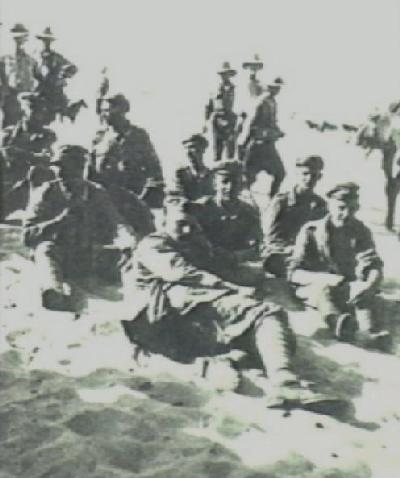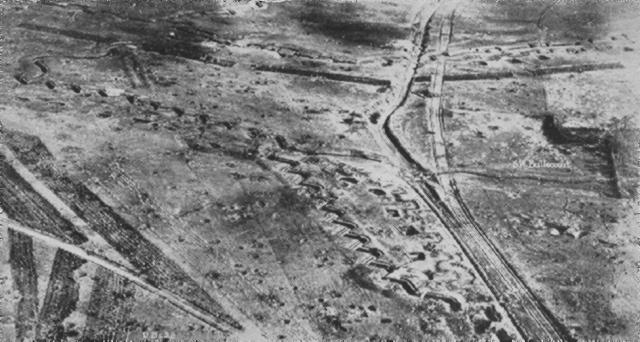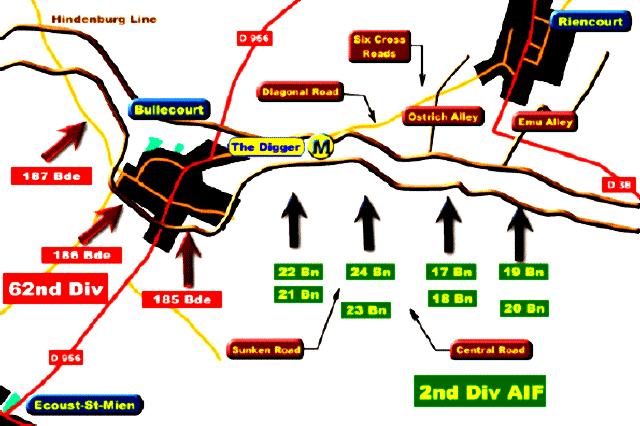Topic: AIF - Cars
1st AUSTRALIAN ARMOURED CAR SECTION, AIF
THE BATTLE WITH THE KURDISH BANDITS
Part 3
Below is a transcription from a manuscript submitted by Captain E.H. James called "The Motor Patrol". It is lodged in the AWM as AWM 224 MSS 209. This is Part 3.
THE BATTLE WITH THE KURDISH BANDITS - Part 3
About this time also, we sent another detachment names to the Euphrates to join up with a party from Mespot, who had come across from Baghded thus joining up the British forces in Palestine and Mesopotania.
On the 1st March we received orders to return to Aleppo and we were relieved by No.3 Patrol. We did not take long to do the 100 miles back although it had been snowing a couple of days previously. Two days afterwards great was the joy throughout the unit when orders were received to hand in all guns and cars as the unit was to proceed to Egypt ready for return to Australia. We handed in all our war worn and battered, but still serviceable outfits and received clean receipts. The German car which we captured at Afule was handed over to the Commandant at Aleppo. We had managed to keep this car on the road ever since we grabbed it and had done many thousands of miles with it. Although spares were unobtainable, we had always managed to devise substitutes and we had a sneaking idea that we might smuggle the outfit down to Egypt somehow and finally get it to Australia, but it was not to be.
However, there was only one subject in everybody's mind and that was home. On the evening of the 5th March, we embarked on the train at Aleppo for Damascus where we arrived at 11 p.m. the following night. It was quite interesting viewing the country that we had travelled and fought over previously from the train. We changed trains at Damascus and next morning left by the narrow gauge train for Haifa via Dersa end Semek. We stayed the next night at Haifa and after another day and night in the broad gauge military railway we arrived at the Canal at Kantara. We crossed over the pontoon bridge (this time on foot) and that evening were in Cairo.
Next day the native revolution broke out. All the other Light Car Patrols and Armoured Car Batteries were immediately sent to the various towns where disturbances were taking place to make the niggers learn sense. However, we were useless as we had no guns or cars (our teeth had been drawn) and we were sent to camp at Ismailia to await news for embarkation. On the 16th May we embarked on the Kaiser-i-Hind with the Air Force for Australia and four weeks later we arrived at Melbourne where we had embarked three years previously almost to the day.
It was with mixed feelings that we arrived at our home ports. There was no doubt about everyone being glad to get home to their dear ones again. Nevertheless, there was a distinct air of sadness at each port as old comrades parted. No. 1 Light Car Patrol was certainly an interstate unit, as its personnel consisted of Victorians, New South Welshmen, South Australians, Queenslanders and Westerners.
There men had been comrades in arms on three Continents; some of them had been together for four years or more. They had fought together and had shared the good and bad times and had always played the game towards each other. There must have been many occasions with all when the prospects of ever returning home again looked hopeless.
No wonder then, that eyes looked a little dim as each man shook hands all round and wished his mates "Good Luck" before disembarking. Friendships such as these will last through all time.
"OLD SOLDIERS NEVER DIE - THEY SIMPLY FADE AWAY."
Note: This is the final episode of this story about The Motor Patrol. Only the memory of these deeds are written here. The men have faded away until all are out of living memory but their names and deeds now live on.
Previous section: 1st Australian Armoured Car Section - THE BATTLE WITH THE KURDISH BANDITS - Part 2
Next section: No further sections
Further Reading:
Australian Light Horse Order of Battle - Outline
The Australian Light Horse - StructureAustralian Light Horse Order of Battle
Battles where Australians fought, 1899-1920
Citation: 1st Australian Armoured Car Section - THE BATTLE WITH THE KURDISH BANDITS - Part 3













